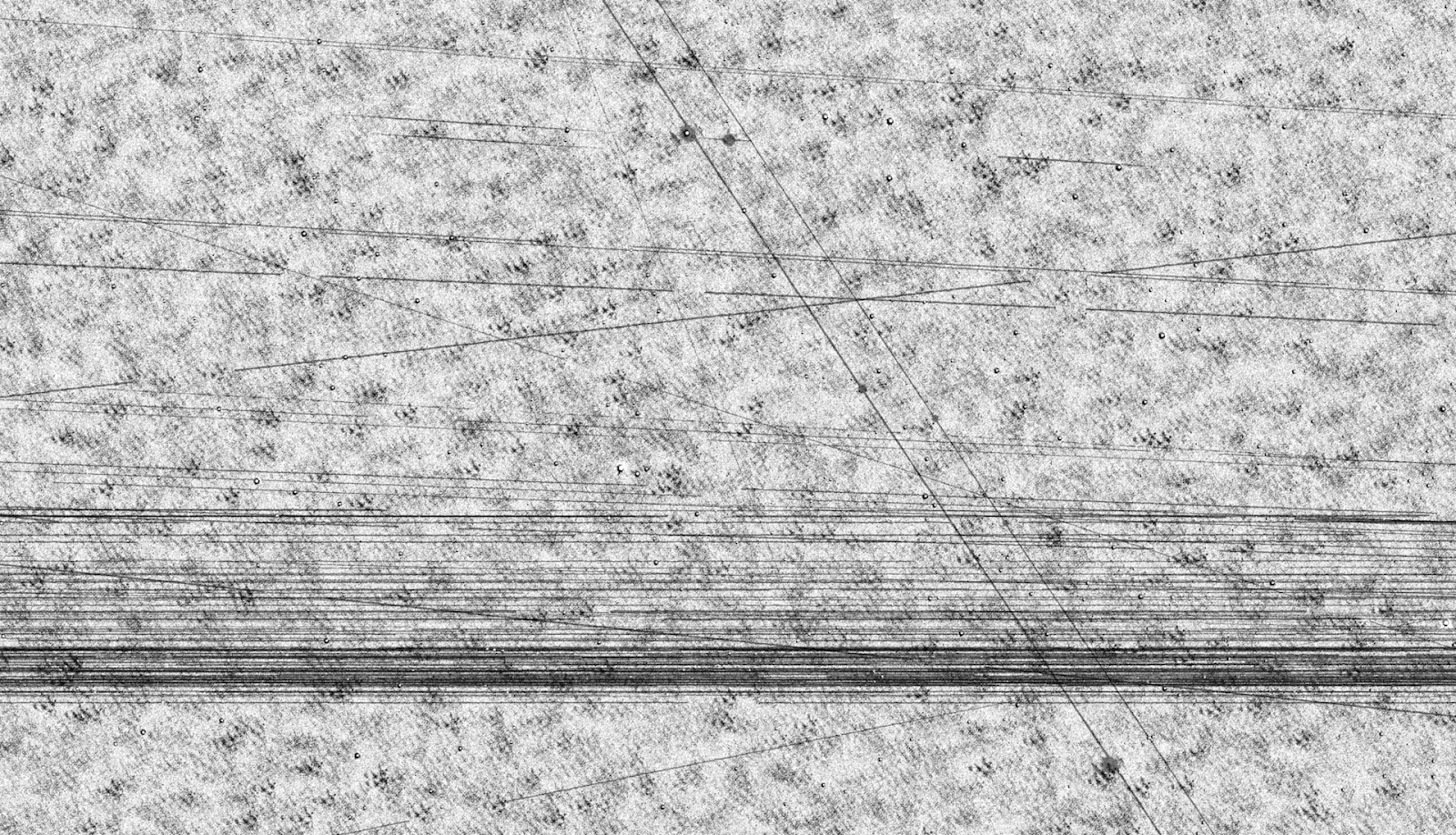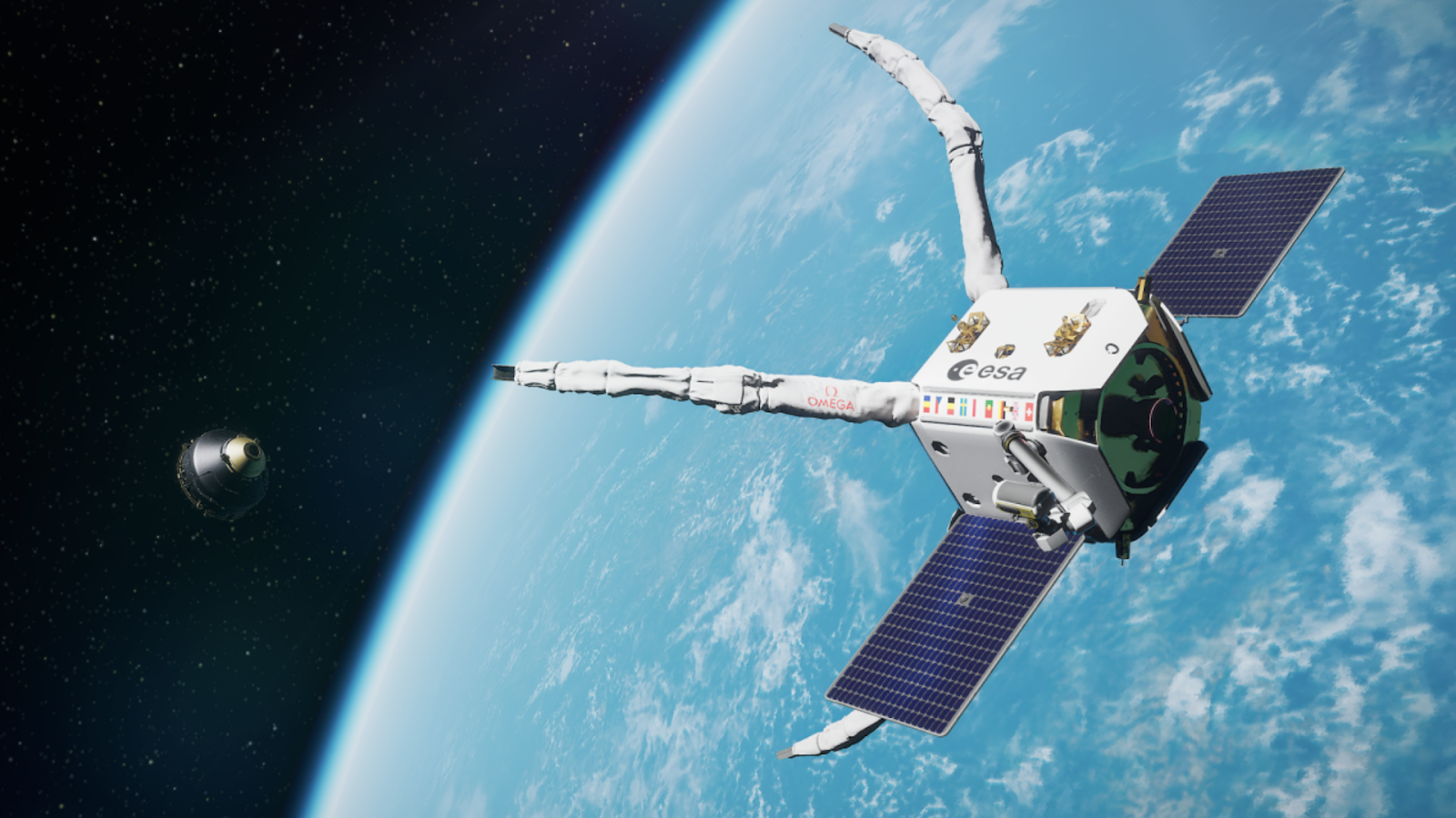
By Jett Peters
As astrophotographers, we are well aware of the immense number of satellites orbiting the globe. Whether creating faint streaks in our subexposures or crisscrossing our pixel rejection images, we interact with satellites in many steps of the process. This gives us a unique perspective on the incredible density of satellites in certain areas of the sky. If you have ever imaged the Angel nebula, you have felt the effects of the geostationary satellite belt. The region is particularly difficult to image as almost every single subexposure of appreciable length will have a trail in the exact same position. But the sheer amount and density of satellites is a concern that reaches far beyond frustration in our hobby. There are far greater risks. Over 12,000 active satellites currently orbit Earth with the majority serving communications. This number does not include dead satellites, space junk or remnants of launch vehicles. There are thousands of inactive satellites and hundreds of millions pieces of space junk most of which are too small to even track. The most shocking statistic comes from the European Space Agency that estimates there will be around 100,000 satellites in orbit by 2030.
The following two websites will give you a shocking visual illustration of the number of satellites orbiting earth and their distribution:
Live Starlink Satellite and Coverage Map
The risk is something known as the Kessler Syndrome, which has become more and more of a threat recently. The Kessler Syndrome was initially presented by NASA scientist Donald J. Kessler in 1978. He suggested that a collision between satellites or space debris could cause a chain reaction of collisions that could produce exponentially more debris, completely wiping out our in-orbit infrastructure or rendering a certain orbital region completely unusable. Because satellites are very fragile and orbit at incredibly high speeds, a collision would create an immense debris cloud, which would spread over a tremendous area. A collision is most likely to happen in Low Earth Orbit (LEO) where the density of satellites and space debris is the greatest. 88% of the 12,000 satellites currently orbiting Earth reside in LEO.
Back in 2009 a major collision did occur between Iridium 33 and Cosmos 2251, which produced an estimated 1800 pieces of space debris. This collision served as a wakeup call to the true implications of the Kessler Syndrome and its likelihood. If triggered in Low Earth Orbit, the Kessler Syndrome would not only knock out existing satellites in low Earth orbit but it would prevent new satellites from being launched. The main force slowing objects down in LEO is atmospheric drag, but it takes a significant amount of time, think decades, for this drag to slow down an object enough for it to fall back to Earth. In addition, launching objects into higher obits above the danger zone would also be risky, as it would require crossing through LEO, which could destroy the satellite.
Image Credit: CelesTrak: Iridium 33/Cosmos 2251 Collision
Thankfully, in recent years the Kessler Syndrome has become a well-discussed topic, and there are a number of companies and initiatives developing novel solutions to this intrinsically difficult problem. One of these companies is a startup called ClearSpace, which, in collaboration with the European Space Agency, is set to launch ClearSpace-1 in 2026. The aim of the mission is simple in concept, but very difficult in execution. The ClearSpace-1 spacecraft will capture and safely deorbit the Proba-1 satellite, which was launched by EAS back in 2001; it will be the first ever mission to remove an object from orbit. While the goal is only to successfully remove Proba-1 from orbit, ClearSpace-1 will hopefully prove new technology, and pave the way for safe cleanup at the end of a satellite’s operational lifetime.

ImageCredit: Space News: Major changes approved for ClearSpace-1 mission
